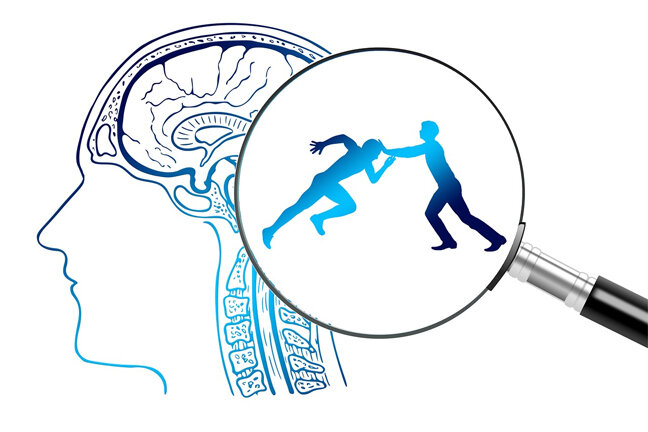
Heel pain when walking is a common complaint that affects many people, often disrupting daily activities and making movement uncomfortable. This type of pain can vary from a dull ache to a sharp, stabbing sensation, and it may occur after standing for long periods or even just walking around. There are several reasons why you might experience pain in your heel, and understanding the cause is the first step in finding an effective treatment.
The Most Common Causes of Heel Pain
There are numerous conditions that can lead to heel pain, but the most common include plantar fasciitis, Achilles tendonitis, and heel spurs. Plantar fasciitis is the leading cause of heel pain and occurs when the tissue that connects your heel to your toes (the plantar fascia) becomes inflamed. The pain typically presents as a sharp sensation in the heel, especially during the first steps in the morning.
Achilles tendonitis, an inflammation of the tendon that connects the calf muscles to the heel, can also cause discomfort. Heel spurs, which are bony growths that develop on the underside of the heel bone, are another frequent source of pain. Often, heel pain when walking is associated with one or more of these conditions.
Recognizing Heel Pain: Symptoms and Warning Signs
Understanding the symptoms of heel pain is crucial for early intervention. If you experience pain in your heel when walking, it may feel worse after rest, especially after getting up from a seated position. In some cases, swelling or redness may be visible around the heel, which could indicate inflammation or injury. The pain is often most intense during the first few steps of the day or after periods of inactivity.
In certain situations, you may also experience discomfort while standing for prolonged periods or engaging in activities that put pressure on your feet, such as running or walking on hard surfaces. Identifying these symptoms early on can help guide you toward the most appropriate treatment.
Treatment for Heel Pain: Effective Solutions to Try
If you’re dealing with persistent heel pain, there are several treatment options that can help alleviate discomfort and speed up recovery. The first step in treating heel pain is to rest and avoid activities that aggravate the condition. This will allow the injured tissue to heal and reduce inflammation.
Over-the-counter pain relievers, such as ibuprofen or acetaminophen, can also help reduce pain and swelling in the affected area. Applying ice to the heel for 15 to 20 minutes at a time can also offer relief, especially after long periods of standing or walking.
Physical Therapy: A Crucial Component of Treatment
For many individuals, physical therapy is a key component of treatment for heel pain. A physical therapist can guide you through specific stretches and strengthening exercises that target the muscles and tendons around your heel. These exercises can help improve flexibility, reduce tension, and support the healing process.
For those suffering from plantar fasciitis, specific stretching exercises for the calves and feet can be particularly beneficial. Stretching helps to lengthen the plantar fascia and Achilles tendon, reducing strain on the heel. In addition, strengthening exercises can help stabilize the foot and prevent future injuries.
When to Seek Professional Treatment for Heel Pain
While many cases of heel pain can be managed with at-home treatments, there are times when seeking professional medical help is necessary. If your heel pain persists despite rest and over-the-counter treatments, or if it becomes progressively worse, it’s important to consult with a healthcare provider. A podiatrist or orthopedic specialist can assess your condition and recommend more advanced treatments, such as custom orthotics, corticosteroid injections, or even surgery in rare cases.
Conclusion
Heel pain can be frustrating, but with the right treatment, most individuals can experience significant relief. If you’re experiencing pain in your heel when walking, it’s important to identify the cause and seek treatment early. Whether through rest, physical therapy, or other treatments, addressing heel pain promptly can help you return to your normal activities. If you’re struggling with persistent pain, consider consulting with a professional to find a personalized treatment plan that works for you. For more information and professional care, visit sydneyfootsolutions.com.au.





